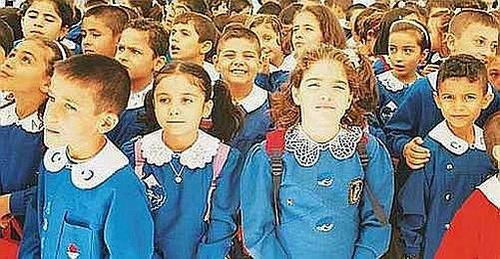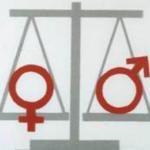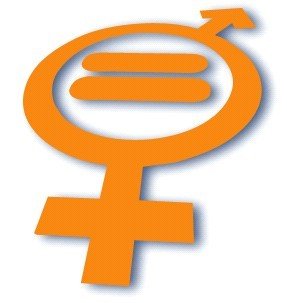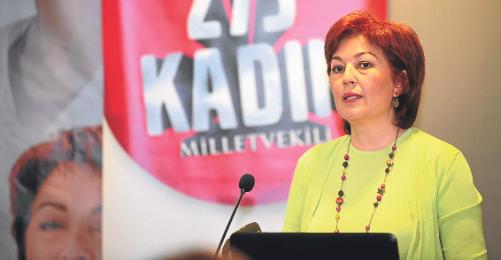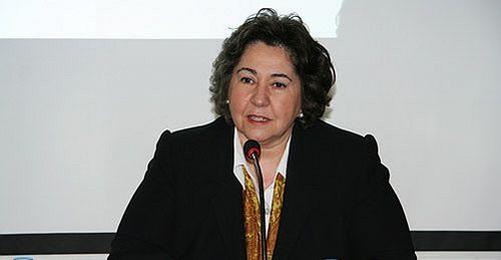The Prime Ministerial General Directorate on the Status of Women (KSGM) has published a report entitled "The Situation of Women in Turkey".
The report shows that Turkey is not living up to its promises in national legislation and international conventions to prevent discrimination against women in areas such as education, health and employment.
The international Convention on the Elimination of all Forms of Discrimination against Women (CEDAW), of which Turkey is a signatory country, holds countries responsible for guaranteeing equal rights to women.
According to the report, the state is aiming to have every girl and boy attend school by 2013. However, current teaching materials still contain sexist ideas. The Ministry of Education is said to be working on eliminating the sexism in school books.
Among the 15-24-year-olds, 5.9 percent of women cannot read or write, while the percentage of males at the same age is 1.6 percent.
Other findings in the report are:
* The rate of illiteracy increases from city to rural area, and from the west to the east of the country.
* In the school year of 2008-2009, the schooling rate of boys and girls was 96.99 and 95.97 percent respectively.
* According to a 2003 Turkey population and health study, 95.6 percent of girls go to primary school in the Aegean area, while 70.9 percent attend primary school in the southeast of the country.
* According to data from the Turkish Statistical Institute (TÜİK), the schooling rate for girls in big cities such has Ankara and Izmir and in western cities such as Kocaeli, Tekirdağ and Yalova is 100%, while it lies at only 79.6 percent in Bitlis, 80.9 percent in Ağrı (both in the east of Turkey) and at 82.4 percent in Gümüşhane, in the Black Sea region.
* Around 13.5 percent of children leave school without obtaining the obligatory eight-year school certificate; among these, there are more girls.
* Gender discrimination seems to be indicated by the higher number of girls in fine arts highschools and the higher number of boys in science and sports high schools.
* 43 percent of university students are women. Among men, 21.1 percent go on to tertiary education, compared to 19.7 percent of women.
* At university, there are more women than men in the faculties of dentistry, pharmacology, literature, languages, history, geography, science, education, fine arts, theology and architecture, while there are more men than women in the faculties of medicine, engineering, agriculture, veterinary medicine, economics and adminstration.
* 40 percent of the academics are women, but only 9.8 of the university rectors are women, and only 15.3 percent of the deans. (BB/AG)





